Collective Molecular Activities of the Plant: Phaseolus Coccineus
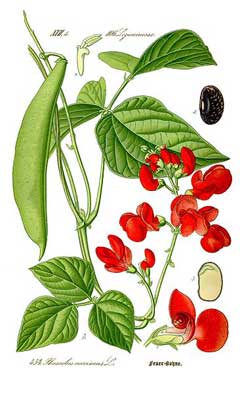
Country/Region:
ChinaTraditional Medicine System:
TCMBangladesh; Nepal; Ethiopia; Rwanda; Ecuador; Belarus; Guatemala; China; Ukraine; Tanzania; United States; Australia; New Zealand; Russia; Pakistan; Honduras; Mexico; South Africa; India; Uzbekistan; Colombia; Kenya; Nicaragua
Overview of Ingredients
29 All known Ingredients in Total
Unique ingredients have been isolated from this plant.Plant-Ingredients Associations were manually curated from publications or collected from other databases.
18 Ingredients with Acceptable Bioavailablity
Unique ingredients exhibit acceptable human oral bioavailablity, according to the criteria of SwissADME [PMID: 28256516] and HobPre [PMID: 34991690]. The criteria details:SwissADME: six descriptors are used by SwissADME to evaluate the oral bioavailability of a natural product:
☑ LIPO(Lipophility): -0.7 < XLOGP3 < +5.0
☑ SIZE: 150g/mol < MW < 500g/mol
☑ POLAR(Polarity): 20Ų < TPSA < 130Ų
☑ INSOLU(Insolubility): -6 < Log S (ESOL) < 0
☑ INSATU(Insaturation): 0.25 < Fraction Csp3 < 1
☑ FLEX(Flexibility): 0 < Num. rotatable bonds < 9
If 6 descriptors of a natural plant satisfy the above rules, it will be labeled high HOB.
HobPre: A natural plant ingredient with HobPre score >0.5 is labeled high human oral availability (HOB)
15 Ingredients with experimental-derived Activity
Unique ingredients have activity data available.Ingredient Structrual Cards
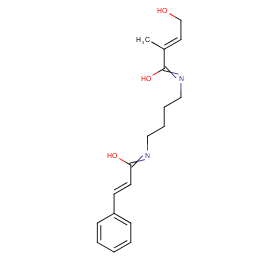
Ingredient ID: NPC94355
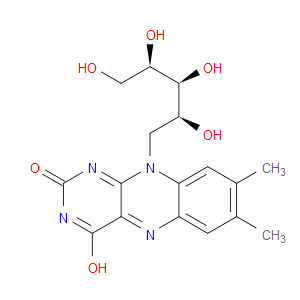
Ingredient ID: NPC94167
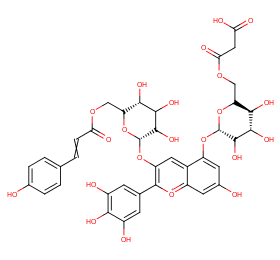
Ingredient ID: NPC93342
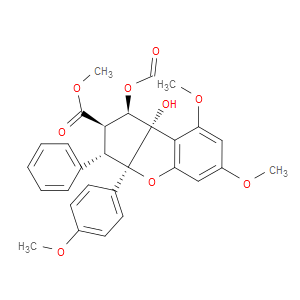
Ingredient ID: NPC90336
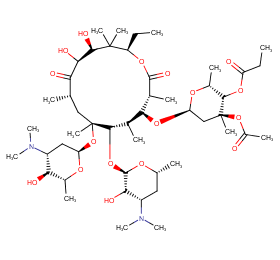
Ingredient ID: NPC73844
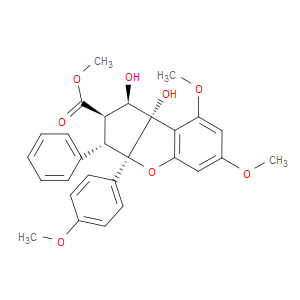
Ingredient ID: NPC73422

Ingredient ID: NPC69127
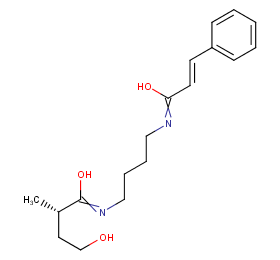
Ingredient ID: NPC62392

Ingredient ID: NPC489928
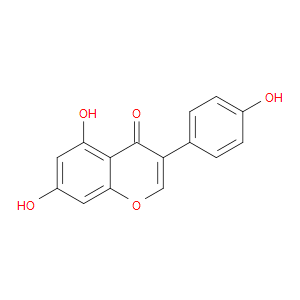
Ingredient ID: NPC39426
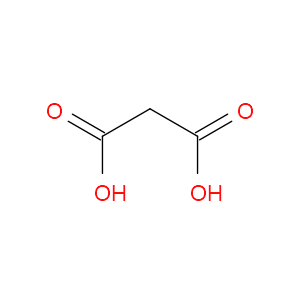
Ingredient ID: NPC3343
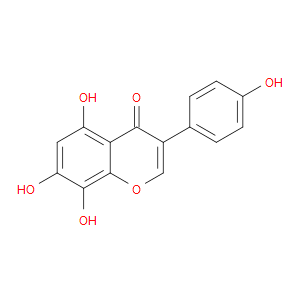
Ingredient ID: NPC312843
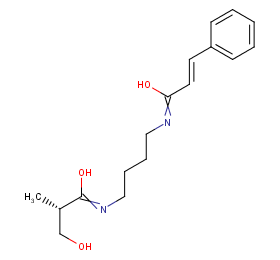
Ingredient ID: NPC295219
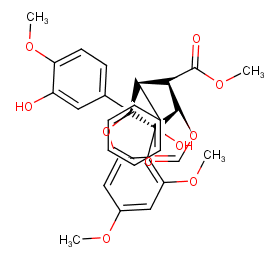
Ingredient ID: NPC281034
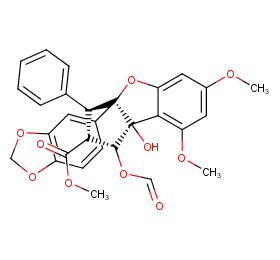
Ingredient ID: NPC263955
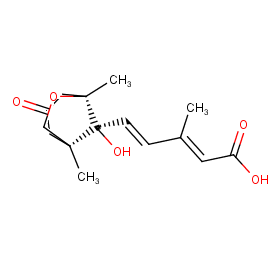
Ingredient ID: NPC256606

Ingredient ID: NPC23593
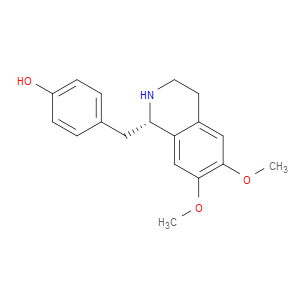
Ingredient ID: NPC207824
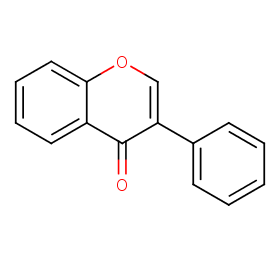
Ingredient ID: NPC201284
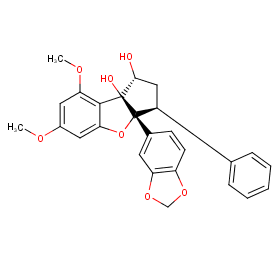
Ingredient ID: NPC189730
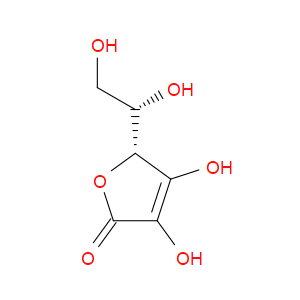
Ingredient ID: NPC187770

Ingredient ID: NPC184607
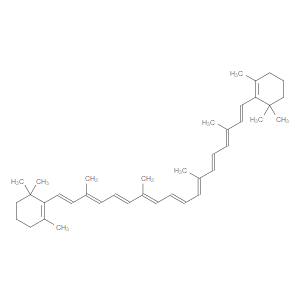
Ingredient ID: NPC17810
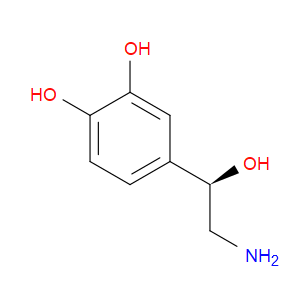
Ingredient ID: NPC169207
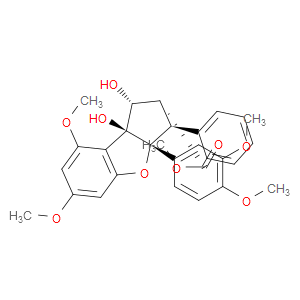
Ingredient ID: NPC167667
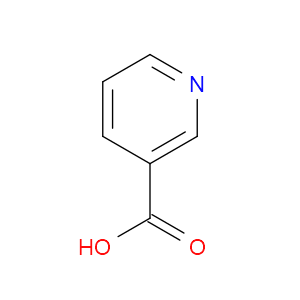
Ingredient ID: NPC167400
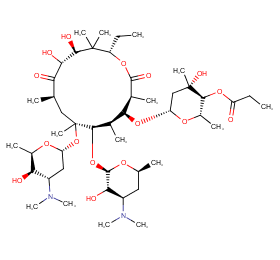
Ingredient ID: NPC154012
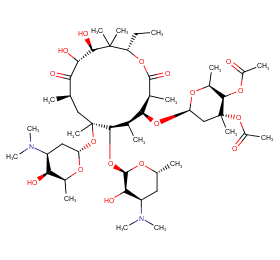
Ingredient ID: NPC137967
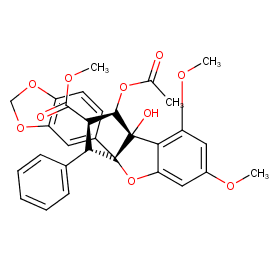
Ingredient ID: NPC136275
Classification of Human Proteins Collectively Targeted by the Plant
Detailed Information of Target Proteins
| Target Type | Protein Class | Gene ID | Protein Name | Uniprot ID | Target ChEMBL ID |
|---|---|---|---|---|---|
| Drug Transporter | SLC superfamily of solute carriers | SLCO1B1 | Solute carrier organic anion transporter family member 1B1 | Q9Y6L6 | CHEMBL1697668 |
| Therapeutic Target | Enzyme | BLM | Bloom syndrome protein | P54132 | CHEMBL1293237 |
| Therapeutic Target | Enzyme | APEX1 | DNA-(apurinic or apyrimidinic site) lyase | P27695 | CHEMBL5619 |
| Therapeutic Target | Hydrolase | EIF4A1 | Eukaryotic initiation factor 4A-I | P60842 | CHEMBL2052028 |
| Therapeutic Target | Nuclear hormone receptor subfamily 3 | ESRRA | Estrogen-related receptor alpha | P11474 | CHEMBL3429 |
| Therapeutic Target | Nuclear hormone receptor subfamily 3 | ESR1 | Estrogen receptor alpha | P03372 | CHEMBL206 |
| Therapeutic Target | Nuclear hormone receptor subfamily 3 | ESRRB | Estrogen-related receptor beta | O95718 | CHEMBL3751 |
| Therapeutic Target | Nuclear hormone receptor subfamily 3 | ESR2 | Estrogen receptor beta | Q92731 | CHEMBL242 |
| Therapeutic Target | Oxidoreductase | AOX1 | Aldehyde oxidase | Q06278 | CHEMBL3257 |
| Therapeutic Target | Phosphodiesterase | TDP1 | Tyrosyl-DNA phosphodiesterase 1 | Q9NUW8 | CHEMBL1075138 |
Clinical trials associated with plant from natural product (NP) & plant level:
| Clinical trials type | Number of clinical trials | |
|---|---|---|
| 296 | ||
| NCT ID | Title | Condition | Form in clinical use | Associated by plant or compound |
|---|---|---|---|---|
| NCT00000152 | Randomized Trial of Beta-Carotene and Macular Degeneration | macular degeneration | Beta Carotene (NPC17810) | |
| NCT00000161 | Randomized Trials of Vitamin Supplements and Eye Disease | cataract | Beta Carotene (NPC17810);Ascorbate (NPC187770) | |
| NCT00000161 | Randomized Trials of Vitamin Supplements and Eye Disease | macular degeneration | Ascorbate (NPC187770);Beta Carotene (NPC17810) | |
| NCT00000461 | Harvard Atherosclerosis Reversibility Project (HARP) | Myocardial Ischemia | Niacin (NPC167400) | |
| NCT00000482 | Coronary Drug Project | Myocardial Ischemia;myocardial infarction | Niacin (NPC167400) | |
| NCT00000512 | Familial Atherosclerosis Treatment Study | Myocardial Ischemia | Niacin (NPC167400) | |
| NCT00000541 | Women's Antioxidant and Folic Acid Cardiovascular Study (WAFACS) | Myocardial Ischemia | Beta Carotene (NPC17810) | |
| NCT00000541 | Women's Antioxidant and Folic Acid Cardiovascular Study (WAFACS) | Myocardial Ischemia | Ascorbate (NPC187770) | |
| NCT00000541 | Women's Antioxidant and Folic Acid Cardiovascular Study (WAFACS) | myocardial infarction | Beta Carotene (NPC17810);Ascorbate (NPC187770) | |
| NCT00000553 | HDL-Atherosclerosis Treatment Study (HATS) | Myocardial Ischemia | Niacin (NPC167400) |
❱❱❱ Associated Human Diseases and Detailed Association Evidence
How do we define the Plant-Targeted Human Disease Association?
Associated human diseases of an individual plant are summurized based on FOUR types of association evidence, these include:
❶ Association by Therapeutic Target: Bioactive protein targets of the plant were defined in "Molecular Targets" section, target-disease associations collected from TTD database were subsequently used to build the associations between the plant and its targeted human diseases.
❷ Association by Disease Gene Reversion: Plant and a specific disease will be associated when >= 1 plant target gene overlaped with disease's DEGs.
❸ Association by Clinical Trials of Plant: Plant and a specific disease will be associated when >= 1 clinical trial (the plant is the intervetion) can be matched in ClinicalTrials.gov database.
❹ Association by Clinical Trials of Plant Ingredients: Plant and a specific disease will be associated when >= 1 clinical trial (the plant ingredient is the intervetion) can be matched in ClinicalTrials.gov database.
Associated Disease of the Plant | Association Type & Detailed Evidence |
|---|---|
Abnormal micturitionDisease Category: 21.Symptoms, signs or clinical findings, not elsewhere classifiedDisease ICD-11 Code: MF50 |
ADRB3
|
Acne vulgarisDisease Category: 14.Diseases of the skinDisease ICD-11 Code: ED80 |
ESR1
NCT03522922 |
Acquired hypomelanotic disorderDisease Category: 14.Diseases of the skinDisease ICD-11 Code: ED63 |
MAOB
|
Acquired prion diseaseDisease Category: 08.Diseases of the nervous systemDisease ICD-11 Code: 8E01 |
ESR1
|
Acute diabete complicationDisease Category: 05.Endocrine, nutritional or metabolic diseasesDisease ICD-11 Code: 5A2Y |
DPP4,ADRB3
|
Acute ischaemic heart disease, unspecifiedDisease Category: 11.Diseases of the circulatory systemDisease ICD-11 Code: BA4Z |
NCT00855257
|
Acute myeloid leukaemiaDisease Category: 02.NeoplasmsDisease ICD-11 Code: 2A60 |
MAPT
NCT00184054,NCT00329498 |
Acute promyelocytic leukaemiaDisease Category: X.Extension CodesDisease ICD-11 Code: XH1A50 |
NCT03624270
|
Acute respiratory distress syndromeDisease Category: 12.Diseases of the respiratory systemDisease ICD-11 Code: CB00 |
NCT04404387
|
Acute upper respiratory infectionDisease Category: 12.Diseases of the respiratory systemDisease ICD-11 Code: CA07 |
DRD2
|

